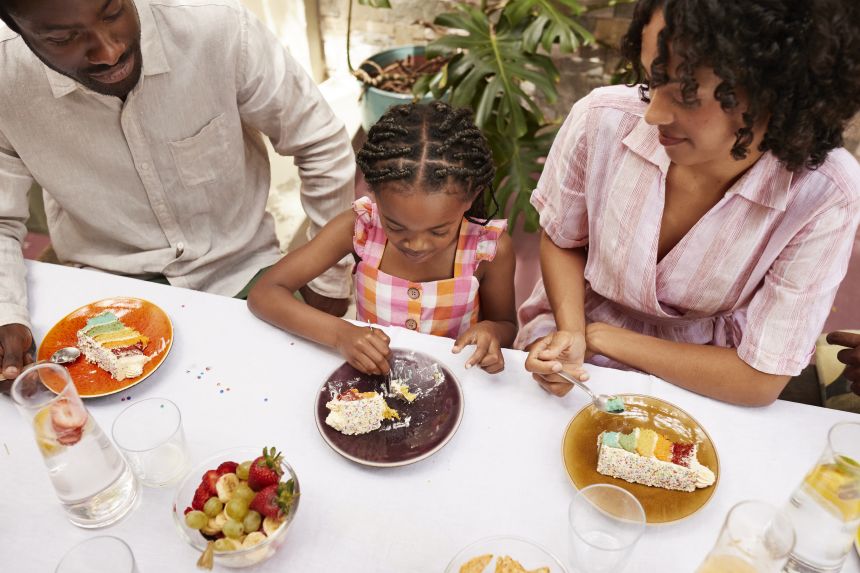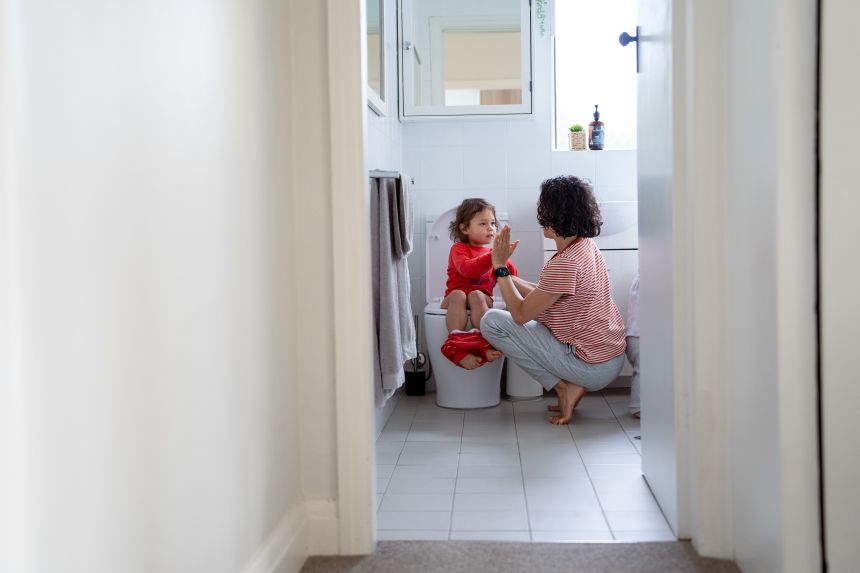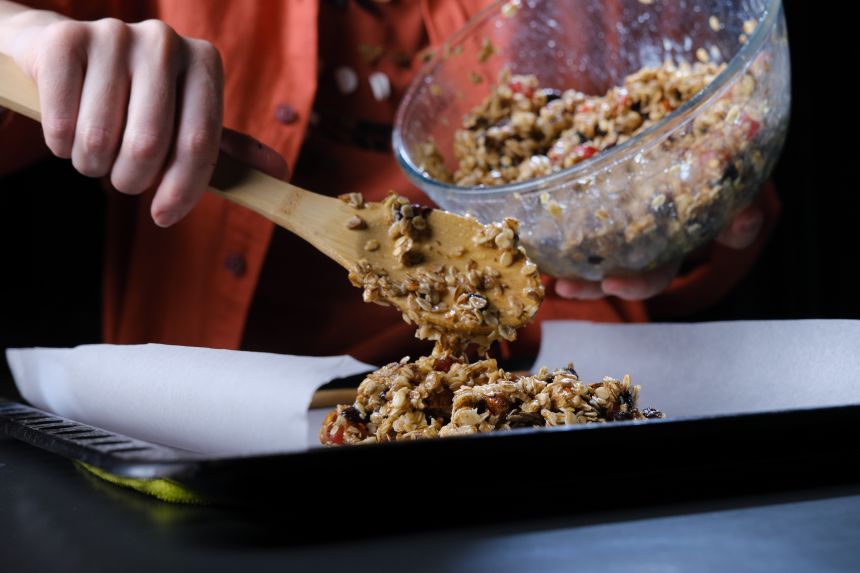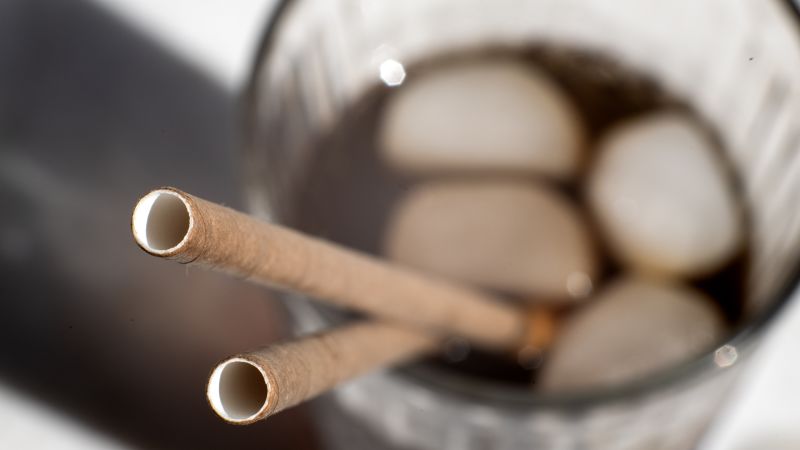More than 400 million metric tons of plastic is produced annually, and only a small fraction is recycled. The rest ends up in landfills, or leaks into the natural environment, which is impacting everything from human health to the climate.
Representatives from countries around the world will gather in Geneva in August to try to finalize a legally binding UN treaty to combat plastic pollution. Environmentalists hope that could help limit plastic production and better manage waste, but countries have failed to reach agreement in previous meetings.
Many experts and advocates agree that structural, society-wide change will be required to address the problem. But in the meantime, they say that consumer efforts can still have an impact. While many people already make efforts to switch to reusable tote bags, water bottles and straws, there are plenty of other ways to make life greener, from the kitchen to the bathroom.
Here are some ideas on how you can use less plastic in your daily life.
This July is the fifteenth that Rebecca Prince-Ruiz has attempted to go plastic free. The Australia-based founder of the Plastic Free July campaign has been joined by hundreds of people across the world trying to reduce their reliance on single-use plastic.
This year, she’s creating a party kit that contains 15 reusable cups, plates, bowls and decorative items like bunting. She plans to make it available for her neighbors when they host parties.

When it comes to gifts, she suggests reusable fabric wraps instead of wrapping paper, which can contain plastic – or gifting experiences or vouchers instead.
Hosts can also request that guests not bring gifts and do away with items like glitter, which is mostly made with a plastic called polyethylene terephthalate (PET). Microplastics from glitter are commonly found in sewage sludge, according to researchers at the University of Melbourne, and could harm lakes and rivers, according to another study.
The nonprofit The Party Kit Network offers tips for anyone to put together reusable partyware. It also provides a directory for people across the world, including in the UK, Australia and the US, to find places to borrow kits locally.
Every minute, 300,000 disposable diapers are sent to landfills globally, according to the World Economic Forum. Diapers can contain plastic polymers like polypropylene and polyethylene to aid absorption and prevent leakage. By some estimates, it can take a diaper 400 years to decompose.
Mark Miodownik, a professor of materials & society at University College London (UCL), says diapers are around 40% plastic, adding that “they are going to landfill, into oceans, into rivers, or getting burnt openly.”
Some brands offer lower-plastic versions, but they still release climate-warming methane when they decompose in a landfill, and while washable diapers are an option, they come with their own environmental cost, including the water and energy consumed when washing and drying them.

Miodownik says that thinking outside the box is necessary. Parents might consider early potty training to be more environmentally friendly. He points out that in wealthy countries, the average age of potty training is trending upwards, increasing the length of time parents rely on disposable diapers. Many wet wipes also contain plastic.
There are similar environmental issues with tampons and pads. Prince-Ruiz says that during her second Plastic Free July, she switched to reusable menstrual products. Period underwear and menstrual cups are available as are reusable tampon applicators.
Packaging comprises nearly 40% of the planet’s plastic waste. Instead of buying snacks off the shelf, Prince-Ruiz is exercising her creativity in the kitchen, by making her own crackers. Her quick and easy recipe consists of slicing a baguette thinly, putting a bit of olive oil on it, and grilling for a few minutes.
She makes her own granola using ingredients purchased without packaging from a bulk store. And she makes stock at home, storing bones and vegetable scraps in the freezer until she collects enough or needs stock.

She also cooks her own beans, which she buys unpackaged. Canned foods are often coated with a layer of plastic to keep the metal from corroding.
But there are items she hasn’t been able to find suitable replacements for, like tortilla wraps. “My kids don’t like the ones that I make, and we don’t have a handy local source.”
Bhavna Middha, a senior research fellow at Melbourne’s RMIT University focused on sustainable consumption, says that re-thinking things like bringing homemade food to work or school instead of relying on packaged granola bars can have a positive environmental and health impact. A study she did found that the installation of microwaves on RMIT’s campus enabled people to eat food they brought in from home. But she believes that cultural change around plastic use is needed, instead of putting the onus on individual consumers.
Going totally plastic free today isn’t possible, says Prince-Ruiz, but that’s not the point. “It’s about lots of people making small changes that add up to make a difference and create cultural change, which then puts pressure on business and government,” she says, “rather than just a few zero wasters being perfect.”
